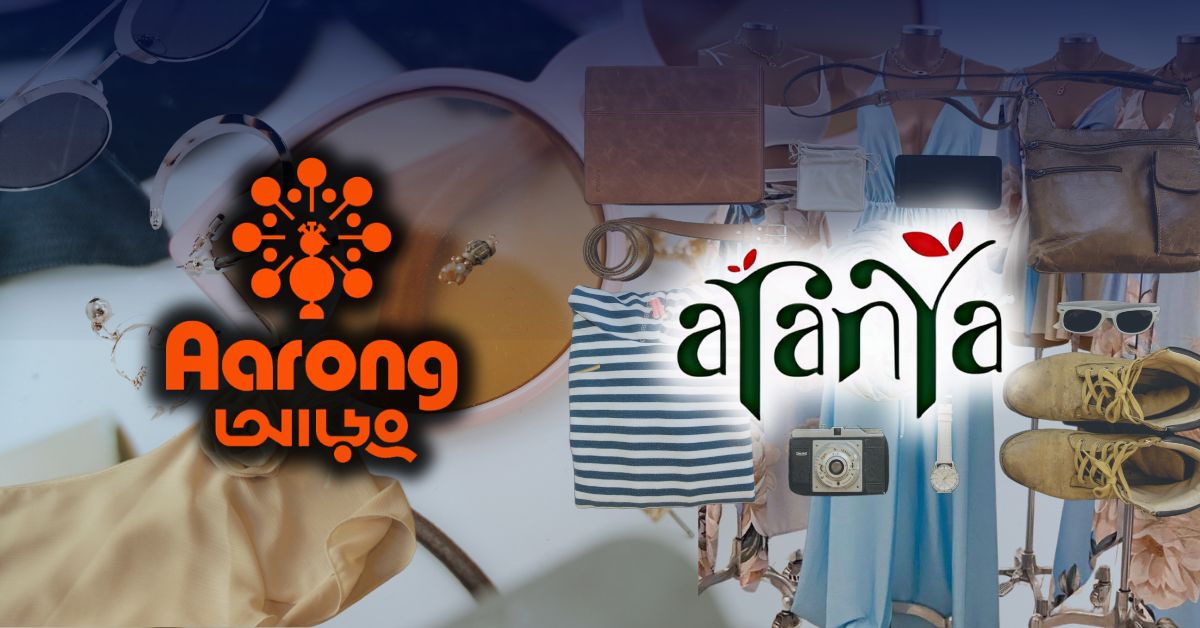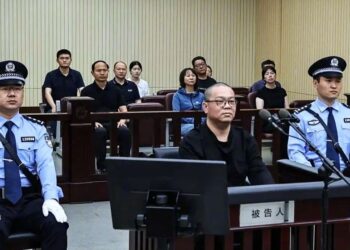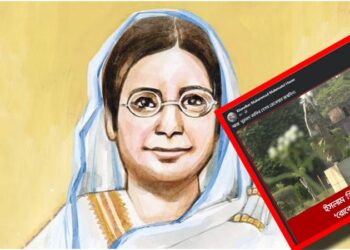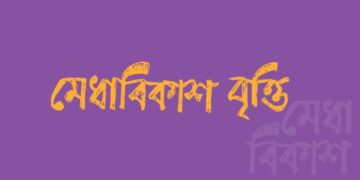Introduction
Bangladesh, a nation famous for its rich heritage and craftsmanship, has seen the rise of a number of brands dedicated to sustainable business and protection of traditional craftsmanship. Aarong and Aranya are two such brands that have been leading the ethical fashion and lifestyle industry. Both brands share the same mission of empowering craftspeople and Bangladesh’s traditional craft expertise but have different business models and market standings. Aarong, having its roots in 1978 as the social enterprise of BRAC, the globe’s largest NGO, has grown into a retail giant of Bangladesh. Aranya, founded in 1990 by Ruby Ghuznavi, has turned out to be a torchbearer of sustainable fashion with specialization in natural dyeing procedures and green products. The case study traces the history, business model, products, market strategies, challenges, and cultural importance of these two legendary brands while analyzing their role in Bangladesh’s fashion industry.
The Origins and Founding Vision
The Aarong journey began in the late 1970s when BRAC was looking for a way to earn revenues for rural artisans, primarily women, who possessed first-class skills in traditional crafts such as weaving, embroidery, and pottery but lacked access to city markets. Sir Fazle Hasan Abed led BRAC to launch Aarong as a way of connecting such artisans with buyers who would pay a reasonable price for their hand-made goods. When Aarong launched its first retail shop in Dhaka in 1978, it became an icon of fair trade where artisans were provided with training, a reasonable remuneration, and exposure to maintain their livelihood. Aarong was a lifestyle brand with product categories diversified into garments, home textiles, leather products, and cosmetics but holding on to the mission of empowering poor and vulnerable populations.
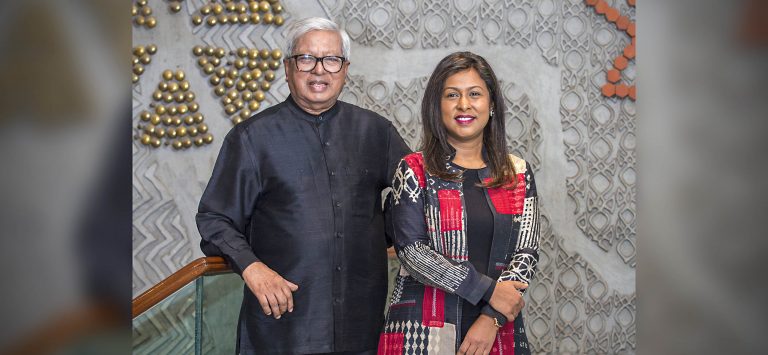
Aranya was founded in 1990 by another, no less compelling, vision. Natural dye campaigner and scientist Ruby Ghuznavi was determined to rekindle Bangladesh’s centuries-old dyeing tradition, under threat of extinction by industrialization and chemical alternatives. She founded Aranya as a fair trade micro-enterprise to showcase the commercial viability of natural dye products without compromising traditional textile skills. Unlike Aarong, as part of the massive BRAC group, Aranya is an independent commercial business, closely working with artisans and rural communities to produce eco-friendly textiles, accessories, and home furnishings. By focusing on sustainability, Aranya has created a niche in the ethical fashion sector, with increasing numbers of environmentally conscious consumers locally and internationally.
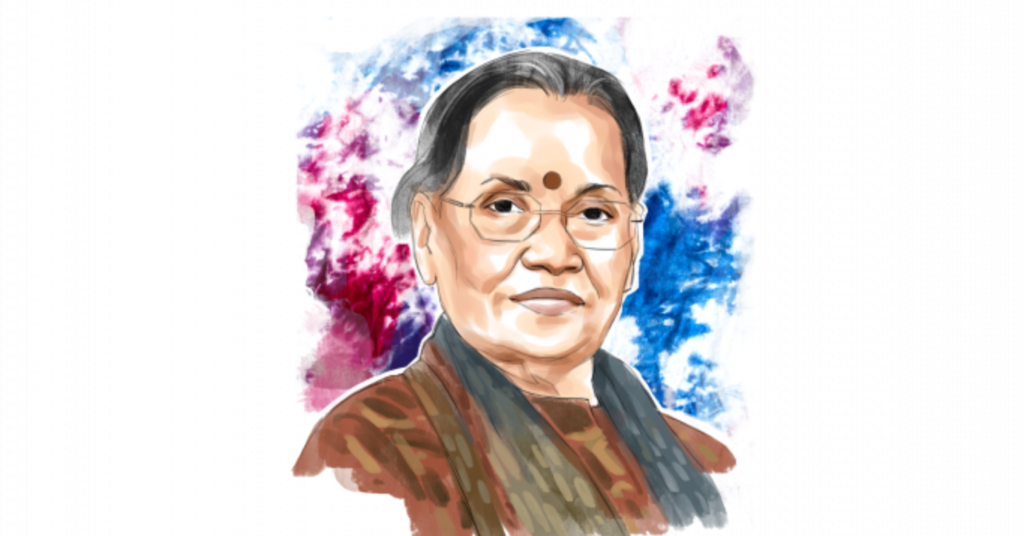
Business Models and Moral Practices Aarong is founded on a social enterprise model, wherein the profits are invested in BRAC’s development interventions, i.e., education, health, and financial services to the poor. The model ensures that Aarong, being a profitable business, has social impact as its core objective and not profit maximization. Perhaps the most important reason for Aarong’s success is its connection with the Ayesha Abed Foundation (AAF), which operates production centers throughout Bangladesh, providing training, work, and support to rural artisans. Through AAF, Aarong has provided work to over 65,000 artisans, the majority of whom are women, empowering them economically and socially. This widespread support system makes Aarong a brand which not only retails handmade products but also invests in the welfare of the artisans.
Aranya, though not operating under the banner of a big NGO like Aarong, follows equally responsible business policy. As a member of the WFTO, Aranya ensures the artisans receive fair price for their work and decent working conditions. The company’s first concern is sustainability with natural dye and organic fiber only, without harming the environment. In contrast to chemical additives in bulk products, Aranya’s production is tedious and manual processes of dyes with high-level skill and expertise requirement. Through close association with the artisans and re-developing age-old process of Jamdani weaving, block print, and Kantha embroidery, Aranya maintains the richness of traditional textile heritage of Bangladesh along with sustainable fashion. The company’s focus on sustainable production and fair trade practice has turned the brand into a highly sought-after brand by conscious fashion consumers in Bangladesh and across the world.
Product Line and Market Positioning Aarong has evolved as a lifestyle brand with a diversified product line to meet the needs of the customers. Its fashion lines include traditional and contemporary clothing for men, women, and children, with contemporary designs blended with traditional Bangladeshi motifs. Aarong’s accessories, jewelry, and leather products also form part of its product line, providing one-stop shopping for customers seeking quality products. Aarong has also ventured into home decor, selling handmade furniture, pottery, and textiles that reflect the artistic heritage of Bangladesh. The brand’s focus on high quality and authenticity has made the brand a retailing force to be reckoned with, with over 30 stores in Bangladesh and growing online presence. Compared to this, Aranya’s product line is niche, natural dye on fabric and handmade accessories. Handloom saris, scarves, and textiles from traditional dyeing are the luxury items of the brand, along with sustainable home accessories and handmade jewelry. Aranya is differentiated through sustainability, and sustainable production and ethical consumers will be attracted. Aarong may have mass popularity and pervasiveness, while Aranya attracts a niche market of sustainable consumers who know artisanal production and green fashion. Smaller in size than Aarong, Aranya’s influence in the eco-fashion industry has been enormous, encouraging other companies to adopt sustainable measures and raising awareness of natural dyes as an improved product.
Read More: Aarong opening world’s largest craft store in Dhanmondi soon
Challenges and Market Adaptation
Despite their success, Aranya and Aarong alike find it equally challenging to hold on to their market share as to their moral high ground. As a large retailer, Aarong is under the compulsion of staying one step ahead of fickle consumer tastes at all times and keeping its products competitively priced in the market. One of the biggest challenges to Aarong is how to reconcile its commercial growth with its social agenda, as ramping up its production and retail volumes while maintaining the fair trade standards is a burdensome task requiring close supervision. Aarong has also been faulted on pricing policy as some consumers have found its products expensive compared to other local brands. Disabusing such perceptions while maintaining the integrity of its brand at all times is a challenge to Aarong management.
Aranya, however, grapples with the time and effort that goes into its production. Hand-weaving and natural dyeing are time and skill-consuming, and ramping up production without a compromise on quality is difficult. High raw material costs of sustainable inputs and unavailability of skilled artisans are also barriers to the expansion of the brand. Sensitizing buyers on the advantages of natural dyes and persuading consumers to purchase sustainable fashion as against low-cost mass-market fashion remains an uphill task. Aranya has, however, overcome these hurdles by conducting advocacy and sensitization programs, working with designers, and participating in international fashion weeks to make a case for ethical crafts.
Eid Campaigns & Festival Season Strategies
Eid being Bangladesh’s largest festival season provides Aarong and Aranya a high season to sell. Aarong provides large Eid collections consisting of trendy Panjabis, saris, and accessories that are in line with the latest fashion trends but do not compromise on their traditional flavor. Its marketing campaigns include online campaigns, celebrity endorsements, and in-shop promotions in an attempt to attract a large clientele. Its large retail chain and online portal provide convenience to Eid shoppers to browse its products online and in-shop.
Aarong has been commendable in having a diverse variety of products as well as ensuring product quality. One Tripadvisor writer noted, “Aarong has great range of products from all kinds of home decor to clothes and shoes for all. The unique feature of the products of Aarong is that you can’t get even a replica of the clothes from anywhere in the country but Aarong has some limited replicas only.” It indicates the company’s commitment to original work and support for local artisans.
There have been problems with price policy, though. One instance was when The Daily Star wrote that one customer purchased a panjabi at Tk 1,315 on May 31, which was Tk 730 on May 25, and Aarong was then fined for price inconsistency. Some consumers also provided the view that although Aarong has a large product range with excellent quality and design, prices are too high. A Review Bangla review stated, “Have variations of their Product line,quality, design & concept are nice, some cases price is high.” Aranya has been praised for its dedication to sustainable practice and maintaining traditional craftsmanship. The company has over 3,000 craftsmen employed, with natural dyeing practices and eco-friendly products being its main focus. According to its official website, “Aranya is marked by a unique color palette, which is drawn directly from the ground. Colors derived from leaves, flowers and trees are infused with the energy of nature, and paints genuine dedication to the safeguarding of traditional methods.”
While there are lower customer reviews per individual, Aranya’s specialty in natural dyes and traditional methods may have scaling limitations and meeting the needs of a broader market. The high labor intensity of their production processes and higher cost of sustainability may, in turn, impact pricing and product availability. Aranya, too, cashes in on Eid on a smaller scale by launching special collections that celebrate the uniqueness of hand-dyed fabrics. Its Eid campaigns are constructed around the storytelling theme, where it puts the artisanal process involved in every piece of apparel in the limelight and inspires consumers to embrace sustainable fashion as a conscious choice of celebratory apparel. Aranya generates buzz with its social media campaign and limited-product collection and targets consumers seeking unique, sustainable apparel for the occasion. Conclusion Aarong and Aranya are two different, yet successful, models of marketing ethical fashion and Bangladeshi crafts. While Aarong has achieved mass popularity with its large retail chain and multi-line product, Aranya has won over consumers who are eco-conscious and predisposed to sustainable and handmade products. Both retailers play a critical role in Bangladesh’s cultural heritage, artisans’ economy, and promotion of ethical business practices. As consumers worldwide become increasingly sensitive to sustainability and fair trade, Aarong and Aranya are models of ethical fashion practices that inspire generations of designers and entrepreneurs to explore ethics and sustainability in business.

